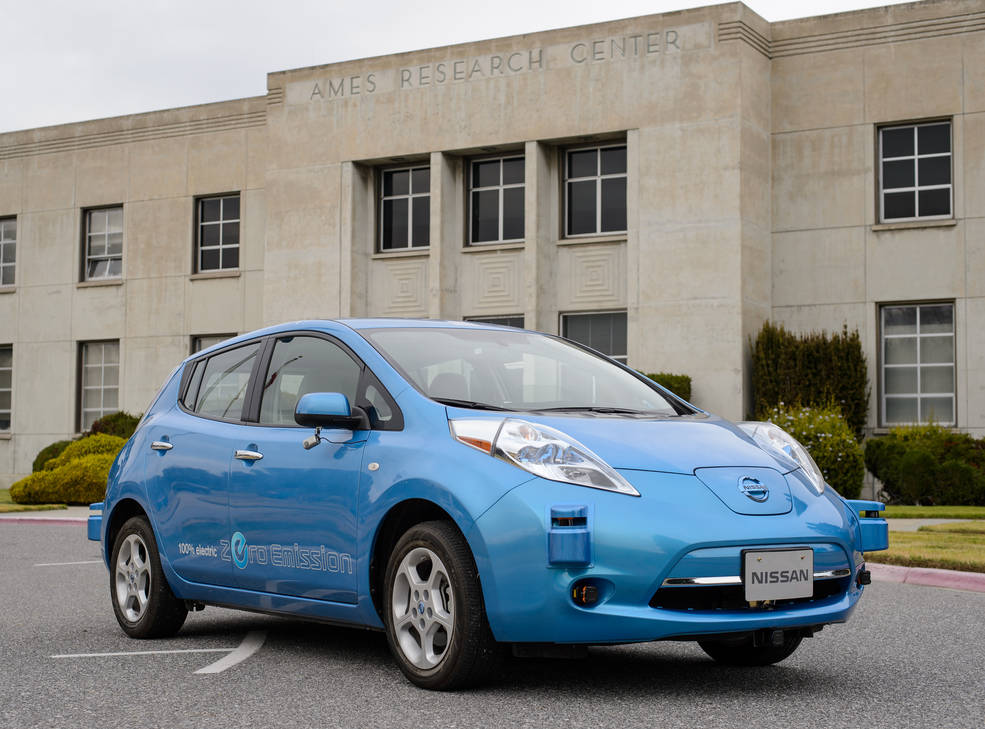In the short term, the future of autonomous-vehicle technology is hard to unravel, but two reports (May 2017) offer some insight into what we might expect. A multidisciplinary research team from eight universities reported in the e-print repository arXiv how automated vehicles affect traffic flow. The research team found that on a test track, which mimicked a single-lane stretch of road, when one out of 21 or 22 vehicles (about 5 percent) was automatically controlled, researchers could eliminate stop-and-go waves, known as "phantom traffic jams." The team accomplished this by adjusting the automated vehicle’s (AV) speed and distance from the vehicle in front of it, and by estimating the average speed of the vehicles in front of the AV. In addition to controlling traffic flow, having an AV in the mix reduced braking and fuel consumption. Based on the simplicity of their control strategy, the researchers concluded that even though self-driving cars are years away from acceptance, implementing similar controls in available technology, such as adaptive cruise control, intelligent infrastructure, and connected vehicles, could reduce congestion in traffic flow. See also: Connected vehicles; Intelligent transportation systems; Intelligent vehicles and infrastructure; Intervehicle communications; Self-driving cars; Transportation engineering

By 2030, about 95 percent of U.S. passenger miles will be covered by fleets of autonomous electric vehicles (A-EVs) and not by individually owned vehicles, according to the report Rethinking Transportation 2020-2030 by RethinkX, an independent think tank that forecasts the effects of disruptive technologies. This transportation model is known as “transport-as-a-service” (TaaS); that is, essentially a driverless ride-hailing service. Per the report, such a technological change will affect the economy and society as a whole. A few of these disruptions will likely be:
- Transportation costs will drop, mainly because of fierce competition.
- Mobility for the elderly and disabled will increase.
- Fewer cars will travel more miles because of increased vehicle use. The number of U.S. vehicles will drop from 247 million to 44 million.
- 70 percent fewer cars and trucks will need to be manufactured each year.
- The oil industry will experience a serious decline.
- Air pollution and greenhouse gases will be virtually eliminated from transportation.
The reasoning (data) behind these predictions is based on economics of A-EVs. Compared to internal combustion engine (ICE) vehicles, A-EVs last longer, are less expensive to maintain, and are more fuel-efficient. For example, conservative estimates are that A-EVs will have a 500,000-mile lifetime by 2021. For a dedicated A-EV, that would amount to about five years of driving. Additionally, according to the TaaS model, the average family in the United States would save more than $5600 per year in transportation costs. Whether these predictions come true depends not just on technology, but also on government policy and oil-industry lobbying. For certain, jobs will be lost by taxi and truck drivers, as well as workers in ICE-vehicle manufacturing and oil production. On the other hand, new jobs will be created in the TaaS industry in software development for operating systems, mapping, and navigation and in services such as on-board entertainment and advertising. See also: Air pollution; Automobile; Automotive engine; Electric vehicle; Internal combustion engine; Petroleum; Truck





